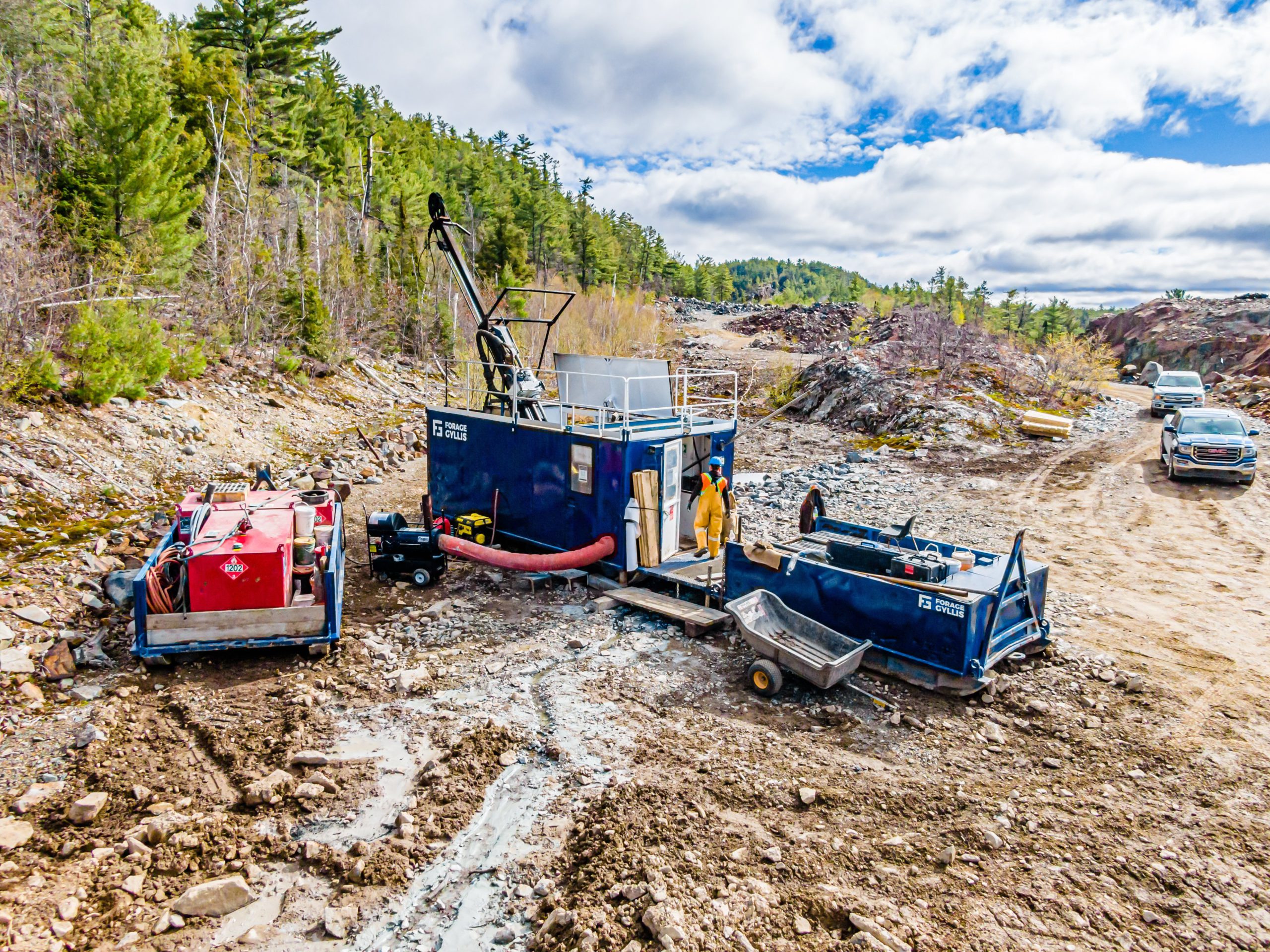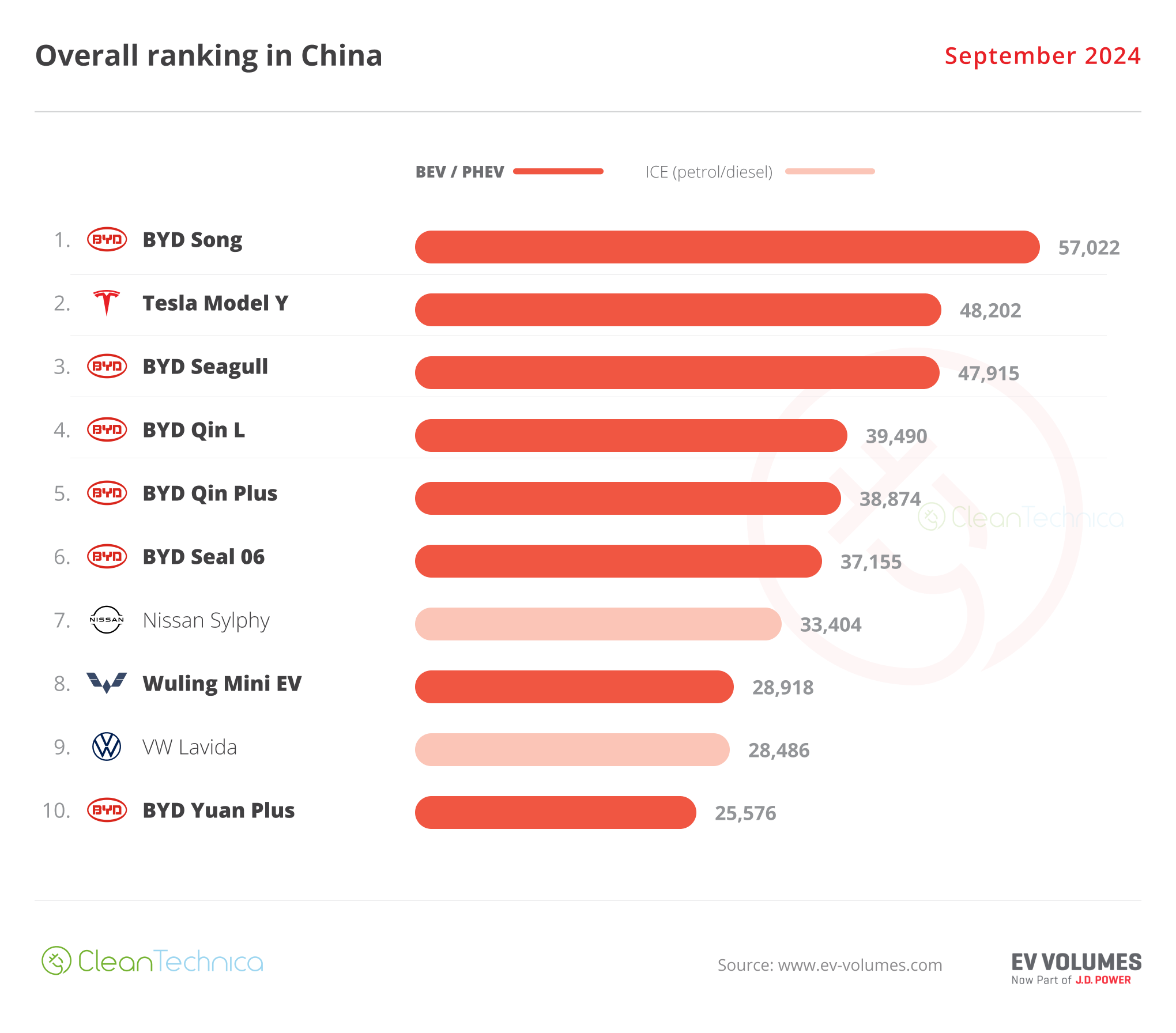Support CleanTechnica’s work through a Substack subscription or on Stripe.
Last week, at a discount grocery store there was a 4-pound bag of dry pinto beans for just four dollars. According to the nutrition panel on the back, there are 52 servings and each serving has 8 grams of protein. So, the total amount of protein is just over 400 grams. With tax, the bag of pinto beans would be about $4.50.
Pinto beans are very low carbon and thus climate friendly.
“One recent study by Harwatt and colleagues (2017) compared the greenhouse gas emissions that result from beans versus beef, and they found that including beans in our dietary patterns can greatly help reduce greenhouse gas emissions and mitigate climate change. As you can see below in the figure from Our World in Data, beans have a much lower environmental footprint compared to other sources of protein. For instance, whereas 100 grams of protein from beans results in less than 1 kilogram of emissions (measured in carbon dioxide equivalents), the same amount of protein from beef results in almost 30 kilograms of emissions.”
Beans can also have some other benefits: they use less water to cultivate than animals used for meat and they fix nitrogen into the soil. They also have a longer shelf life and dry beans don’t require refrigeration or freezing so they don’t use electricity for preservation.
For many years, people have wrongly assumed that plants do not contain all the 9 essential amino acids. There are plant foods that do contain all of them. They are lysine, leucine, isoleucine, histidine, methionine, phenylalanine, threonine, tryptophan, and valine. According to MyFoodData, pinto beans have all 9 essential amino acids, meaning they are not an incomplete protein source. They have less methionine than some other foods, but they are not missing essential amino acids. To get some extra methionine, a person could simply have some almonds, sunflower seeds, black bean, rice, or lentils in the same meal or the same day as when consuming some pinto beans. (Rice is not low carbon, to be clear; here are some lower carbon alternatives.)
It takes about 5 pounds of this type of ground beef to reach 400 grams of protein: Beef, ground, 80% lean meat / 20% fat, raw. This type of meat appears to cost about $5 per pound, on average. The ground beef would cost about $25 before sales tax compared to the 4 pounds of pinto beans that costs $4.50 with tax. So, the pinto beans cost roughly $20 less.
The same amount of ham as the ground beef may cost a little less than the ground beef: $21 instead of $25. So, the pinto beans would cost about $16-17 less.
It’s worth noting the pinto beans cost much less, because some people say plant foods ‘cost too much’ when in fact they typically cost less.
There are other costs for animal foods because some of them are the highest carbon foods, meaning they are the worst for climate change. They are: beef, dairy products, lamb/mutton, pork, and farmed shrimp.
Some of us Americans consume too much animal meat, and reducing this overconsumption could be quite beneficial.
“A 2020 study by the University of Michigan and Tulane University and supported by the Center found that if U.S. beef consumption were reduced by 90% along with a 50% reduction in consumption of other animal products, it would prevent more than 2 billion tons of greenhouse gas pollution by 2030. That’s roughly equivalent to taking nearly half the world’s cars off the roads for a year.”
Here are some pinto bean recipes to make them more edible for the people who don’t typically cook them.
Sign up for CleanTechnica’s Weekly Substack for Zach and Scott’s in-depth analyses and high level summaries, sign up for our daily newsletter, and follow us on Google News!
Have a tip for CleanTechnica? Want to advertise? Want to suggest a guest for our CleanTech Talk podcast? Contact us here.
Sign up for our daily newsletter for 15 new cleantech stories a day. Or sign up for our weekly one on top stories of the week if daily is too frequent.
CleanTechnica uses affiliate links. See our policy here.
CleanTechnica’s Comment Policy



